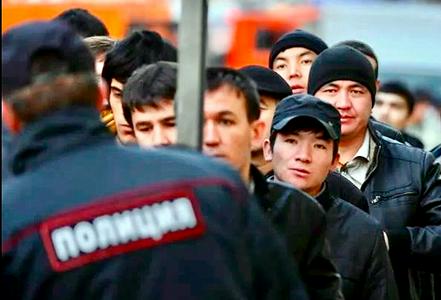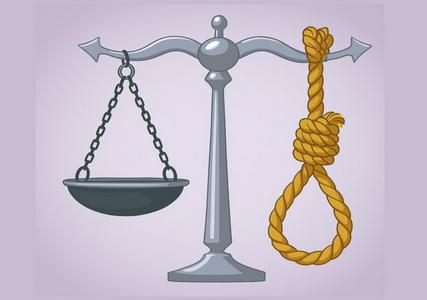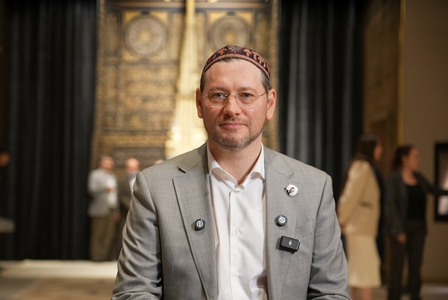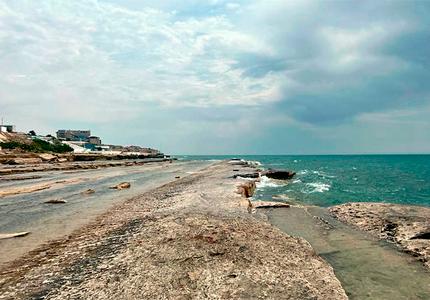National Geographic has announced plans to produce a documentary about rare findings in Akhsiket, the capital of the ancient Fergana state. This news comes from the press office of the Namangan Region Administration, where the archaeological site is located.
During excavations, archaeologists uncovered a 2.3-meter-wide staircase. After digging four meters deep and removing 10,000 cubic meters of soil, a passage with 12 steps was revealed. Seven meters east of this location, researchers discovered two unique underground corridors, which are believed to connect with a previously found arched passage.
«Interestingly, all corridors are fully arched, resembling a metro style, and constructed from fired bricks,» the administration's press office noted.
During the excavations, archaeologists also discovered washbasins, a floor heating system, and ceramic pipes.
Professor Abdulkhamid Anorboev, head of the Akhsiket expedition, stated that the site needs to be roofed by October. «If builders can't manage this, we'll have to rebury the site for preservation. It's a unique discovery,» the scientist emphasized.
Akhsiket, situated on the right bank of the Syr Darya River in Uzbekistan's Namangan Region, dates back to the 3rd century BCE. It was a major stopover on the Silk Road. From the 10th to 13th centuries, Akhsiket was one of the largest cities in the Fergana Valley, known for its glassmaking, pottery, blacksmithing, and weapons production. The city was damaged by Mongol invasions in the 13th century but remained significant through the 15th century, serving as the residence for the Fergana Valley ruler. In 1620, an earthquake completely destroyed the city, with survivors relocating to nearby Namangan.
Today, Akhsiket is the largest archaeological site in the Fergana Valley. Excavations have revealed a blacksmith's workshop, remnants of 10th-13th century baths, barracks, a Friday mosque, fortress walls, underground irrigation networks, an artisan quarter, and the ruler's palace (Ark).










